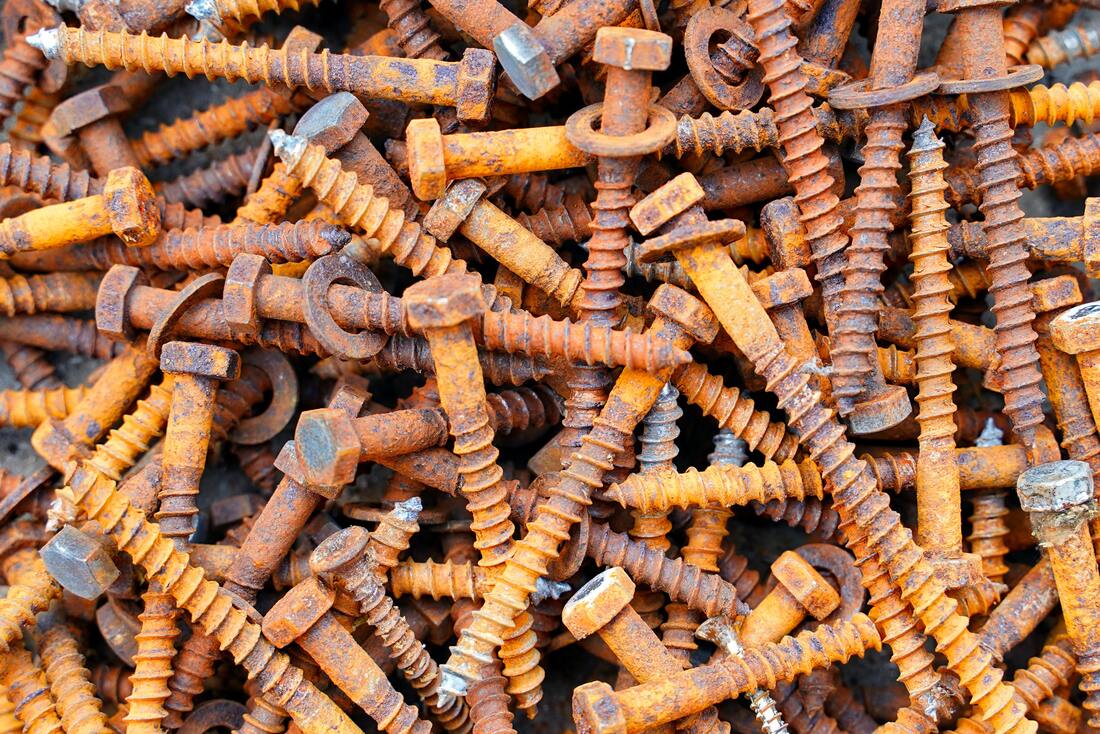|
In case you find yourself in the midst of a DIY project or home improvement endeavor, you've probably come across the necessity for robust and dependable fasteners to ensure the steadfastness of your construction. Carriage bolts and lag bolts are two types of heavy-duty fasteners that can play a crucial role in ensuring the stability and longevity of your project. The objective of this piece is to delve into the universe of carriage bolts and lag bolts, uncovering their distinctions, applications, and the reasons underpinning their necessity in your arsenal. Referred to as coach bolts in certain contexts, carriage bolts are a variety of fasteners recognized for their sleek, rounded head and a squared or ribbed neck situated just beneath the head. Designed to be partnered with a nut, these bolts find common ground in the fastening of wooden elements. A noteworthy aspect is the presence of a square neck right under the head, serving as a preventative measure against any rotation when the nut undergoes the process of tightening, ultimately contributing to a secure and steadfast linkage. Carriage bolts are ideal for attaching wooden components such as beams, posts, and deck structures. The presence of a smooth, rounded head not only enhances the aesthetics but also renders them suitable for visible connections, such as those found in outdoor furniture or gates. Carriage bolts are known for their reliability and robust construction, making them a go-to choice for heavy-duty tasks. Their distinctive design not only furnishes exceptional resistance to loosening but also guarantees a secure hold, thereby diminishing the requirement for continual maintenance. Lag bolts, also referred to as lag screws, are heavy-duty fasteners that have a hexagonal or square head, and they are threaded along the length of the shaft. These bolts are often used to attach heavy materials to wood and are famous for their exceptional grip and holding power. The sweet spot for lag bolts lies in the anchoring and fortification of structures such as wooden beams, brackets, and joists. They're commonly used in construction projects, especially when building decks, fences, or installing heavy-duty shelving. The hallmark of lag bolts is their proficiency in furnishing a solid and unwavering connection. The coarse threading they exhibit empowers them to seize hold of wood with an iron grip, thereby nullifying the prospect of pullout or loosening. This makes them indispensable in applications where stability and strength are paramount. When it comes to deciding between carriage bolts and lag bolts, the choice depends on the specific requirements of your project. Consider the materials you're working with. In scenarios involving wood-to-wood connections, carriage bolts emerge as the perfect match, whereas the versatility of lag bolts extends to encompass wood, metal, and masonry. If aesthetics matter, carriage bolts are the more visually appealing choice due to their smooth, rounded heads. Lag bolts, with their hexagonal or square heads, are better suited for applications where looks are less important. In heavy-duty assignments, particularly within the construction domain, the supremacy of lag bolts becomes evident owing to their superior grasp and tenacious clamping capability. Lighter applications are where carriage bolts shine, positioning themselves as an excellent choice. When using carriage bolt , ensure that the square neck fits snugly into a square hole, which prevents the bolt from turning while you tighten the nut. In the case of lag bolts, pilot holes take on a pivotal role in averting any propensity for wood splitting. The pilot hole should be slightly smaller in diameter than the bolt shaft. Whether you're crafting, renovating, or building from scratch, choosing the right bolt can make all the difference in the stability and longevity of your project. Hence, exercise prudence in your selection and set free the potency of these dependable fasteners in your forthcoming enterprise. Get more details about this fascinating topic here: https://en.wikipedia.org/wiki/Bolt_(fastener).
0 Comments
Leave a Reply. |
AuthorWrite something about yourself. No need to be fancy, just an overview. ArchivesCategories |

 RSS Feed
RSS Feed
